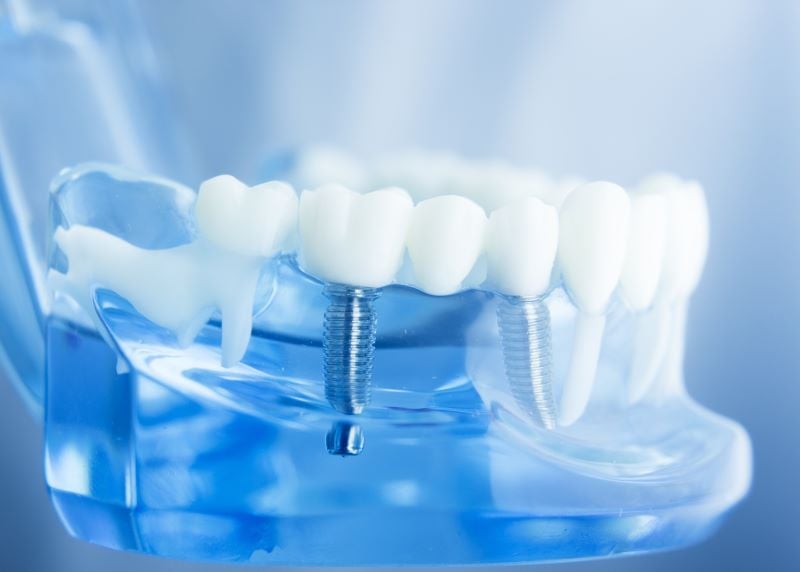To ensure a successful tooth implant procedure, dentists must accurately locate the nerve canal in a patient’s lower jaw. This information is crucial for determining the size, position, and overall plan for the implant. Traditionally, dentists and radiologists manually identify the canal’s location point by point on X-ray images, which is a laborious and time-consuming process.
Researchers use AI in dental surgery
Planmeca, a dental equipment manufacturer, has partnered with the Finnish Center for Artificial Intelligence (FCAI) and Tampere University Hospital (Tays) to address a problem. Together, they have developed an AI-based model that can locate the lower jaw nerve canal in 3D X-rays more quickly and accurately than humans or other automated methods. The collaboration was driven by the needs of clinical experts and the desire to enhance their everyday work. By incorporating artificial intelligence into patient treatment planning, significant time can be saved.
Aalto University doctoral researcher Jaakko Sahlsten developed a method using deep neural networks to analyze clinical data. The data consisted of three-dimensional images obtained from cone beam computed tomography (CBCT). Tampere University Hospital supplied a large and diverse collection of clinical materials generated by various 3D-imaging devices. The data was randomly divided, with a portion used for training the neural networks and another portion reserved for testing and validating the method.
AI could be reliable in mandibular canal locating
Artificial intelligence (AI) has proven to be an effective and reliable tool in locating the mandibular canal, which is important for procedures like implant placement, wisdom teeth removal, and jaw surgery. However, training the AI model was challenging due to the small size of the canal in 3D X-ray images, resulting in an unbalanced dataset. Collaborating with radiologists helped optimize the training process. The neural network learned to identify the mandibular canal accurately by analyzing a large dataset and adjusting its internal parameters. According to Sahlsten, experts found that the model’s results were clinically usable in 96% of cases. This indicates high confidence in the model’s effectiveness. In addition, artificial intelligence offers advantages over humans, such as consistent efficiency and speed.


